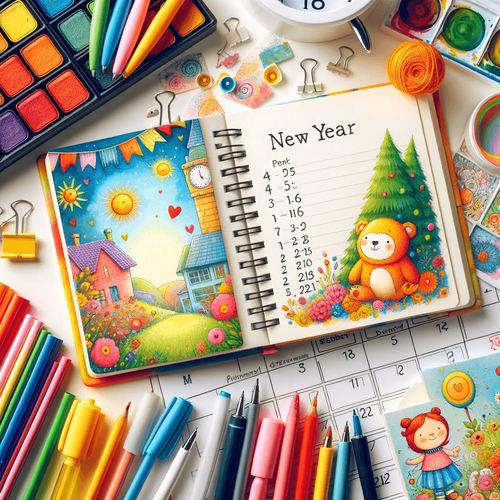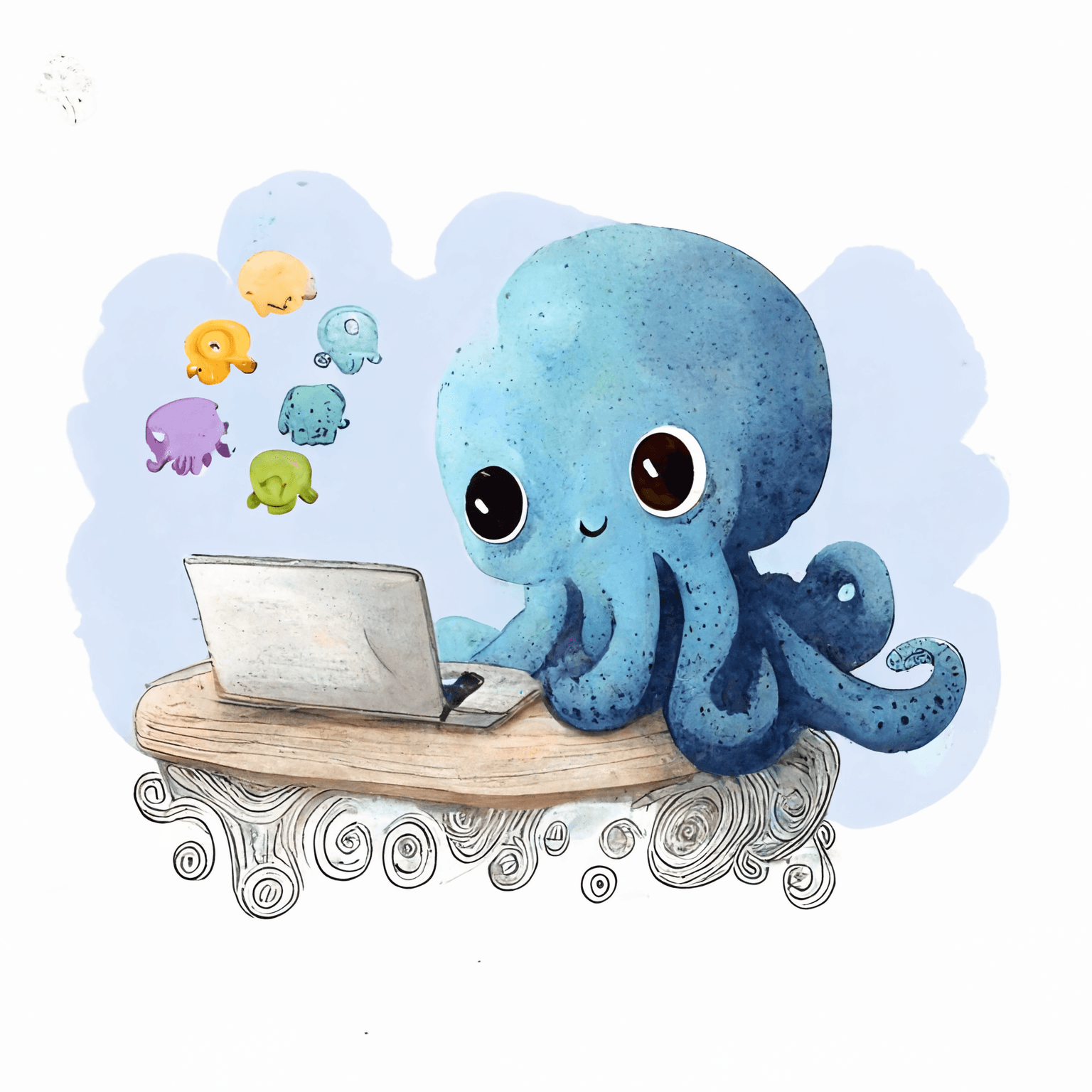In the world of children's literature, understanding the target audience for children's books is not just a step in the process—it's the foundation upon which successful stories are built. From the whimsical pages filled with children's book illustrations to the complex narratives of young adult novels, each book has the potential to impact young minds profoundly. But to truly resonate with readers, authors must delve deep into the hearts and minds of their intended audience. This article explores the critical importance of audience understanding and provides actionable insights for creating content that captivates and educates in equal measure, focusing on how to identify your book's audience effectively.
Why Understanding Your Audience is Crucial
The journey into the realm of children's books is as diverse as its readership. Knowing how to identify your book's audience—its target audience—is akin to navigating a map in the vast sea of storytelling. This understanding shapes everything from the language and themes to the complexity of the plot and the characters' development. Statistics and success stories abound illustrate that books tailored to specific children's book age categories, interests, and experiences tend to perform better both critically and commercially.
But how do we define this audience, and what makes a book truly appealing to its readers?
Identifying Your Target Audience
The landscape of children's literature is segmented into distinct children's book age categories, each with its own conventions regarding age range, word count, themes, and even children's book illustrations style. These categories serve as a guiding light for authors, helping to align their stories with the developmental stages and interests of their readers:
- Picture Books for ages 3–7 captivate with full-color children's book illustrations and simple narratives.
- Early Readers (ages 4–6) bridge the gap with repetitive language and engaging visuals.
- Chapter Books for ages 7–9 introduce more complex stories with relatable themes.
- Middle Grade novels (ages 8–12) explore broader themes with deeper narratives.
- Young Adult (YA) novels (ages 13–17) delve into more mature themes, reflecting the challenges and triumphs of adolescence.
Understanding these children's book age categories helps authors pinpoint their primary demographic and craft stories that resonate on a personal level with their readers, effectively targeting the target audience for children's books.
Researching Your Audience
The key to unlocking the hearts of young readers lies in meticulous research. This endeavor extends beyond mere demographics; it involves immersing oneself in the world of the target audience for children's books to grasp their interests, challenges, and aspirations. Engaging with educators, librarians, and parents provides invaluable insights, as does considering the cultural and social diversity of potential readers. This research informs not only the story's content but also its children's book illustrations, ensuring that every page reflects the rich tapestry of children's experiences.
Applying Audience Insights to Your Writing
Armed with a deep understanding of their audience, authors can craft stories that speak directly to their readers' imaginations and realities. This involves selecting themes that mirror the readers' lives, employing language that is both accessible and engaging, and creating characters with whom young readers can identify, all while considering the appropriate children's book age categories. Successful children's books often share a common trait: they see the world through their readers' eyes, addressing their curiosities, fears, and dreams with empathy and authenticity.
Testing and Feedback
The creation of a children's book is a dialogue—a conversation between the author and their audience. Testing and feedback sessions, such as focus groups and reading sessions, are invaluable in this process. They provide a window into the readers' minds, offering a glimpse of their reactions and emotions. This feedback is a goldmine for authors, enabling them to refine their stories, adjust their language, and fine-tune their themes to ensure that the final product truly resonates with its intended audience, effectively leveraging insights on how to identify your book's audience.
The art of knowing your audience in children's literature is both a science and a form of magic. It requires authors to listen, observe, and empathize, transforming insights into stories that educate, entertain, and inspire. As we conclude, let us remember that at the heart of every successful children's book is a profound understanding of its readers—a commitment to seeing the world through their eyes and speaking directly to their hearts, guided by a clear understanding of the target audience for children's books.
Related Articles
Dive deeper into the world of children's literature with our collection of insightful articles. Whether you're seeking inspiration, guidance on illustrations, or strategies to engage your young readers, our expertly curated content is here to support your journey as an author. Explore the following resources to enhance your knowledge and skills in creating memorable children's books:
- Styles of Illustration: Discover the wide range of popular illustration styles and find the one that best suits your storytelling. Read More
- Themes in Children’s Books: Learn how to select compelling themes and visually represent them to captivate young minds. Read More
- The Illustration Process: Uncover the key stages of transforming your initial concept into stunning final artwork, emphasizing effective author-illustrator collaboration. Coming soon.
- Current Trends in Illustration: Stay ahead with insights into the latest trends and what makes children's book illustrations stand out in today’s market. Coming soon.
- Tools for Illustrators: Compare traditional and digital illustration tools to find the right equipment for your artistic journey. Coming soon.
- Budgeting for Illustrations: Navigate the financial aspects of creating illustrations, from understanding costs to effective budgeting strategies. Coming soon.
- Hiring Illustrators: Essential tips for finding the right illustrator, fostering a successful collaboration, and understanding contractual nuances. Coming soon.
- Legal Considerations: Safeguard your creative work with a comprehensive overview of copyright laws relevant to authors and illustrators. Coming soon.
- Case Studies/Success Stories: Be inspired by success stories and learn from the experiences of successful children’s book authors and illustrators. Coming soon.
- Marketing and Promotion: Utilize your book’s illustrations to enhance marketing efforts and engage potential readers through creative promotional strategies. Coming soon.
- Diversity and Representation: Embrace inclusivity by ensuring your illustrations reflect the diversity of the world around us. Coming soon.
- Feedback and Testing: Understand the importance of receiving feedback on your illustrations and learn methods for testing them with your target audience. Coming soon.
To all aspiring and seasoned authors of children's books, your journey to connecting with the right audience begins here. Dive deeper into crafting stories that resonate, captivate, and educate by exploring Made Live. Our platform is designed to empower authors like you, offering an end-to-end self-publishing solution tailored specifically for illustrated books. Whether you're looking to enchant with picture books or captivate with young adult novels, Made Live provides the tools and support you need to bring your stories to life.
Start your journey with us today by signing up for a free trial at Made Live. Let's transform your vision into the next beloved children's book together.




